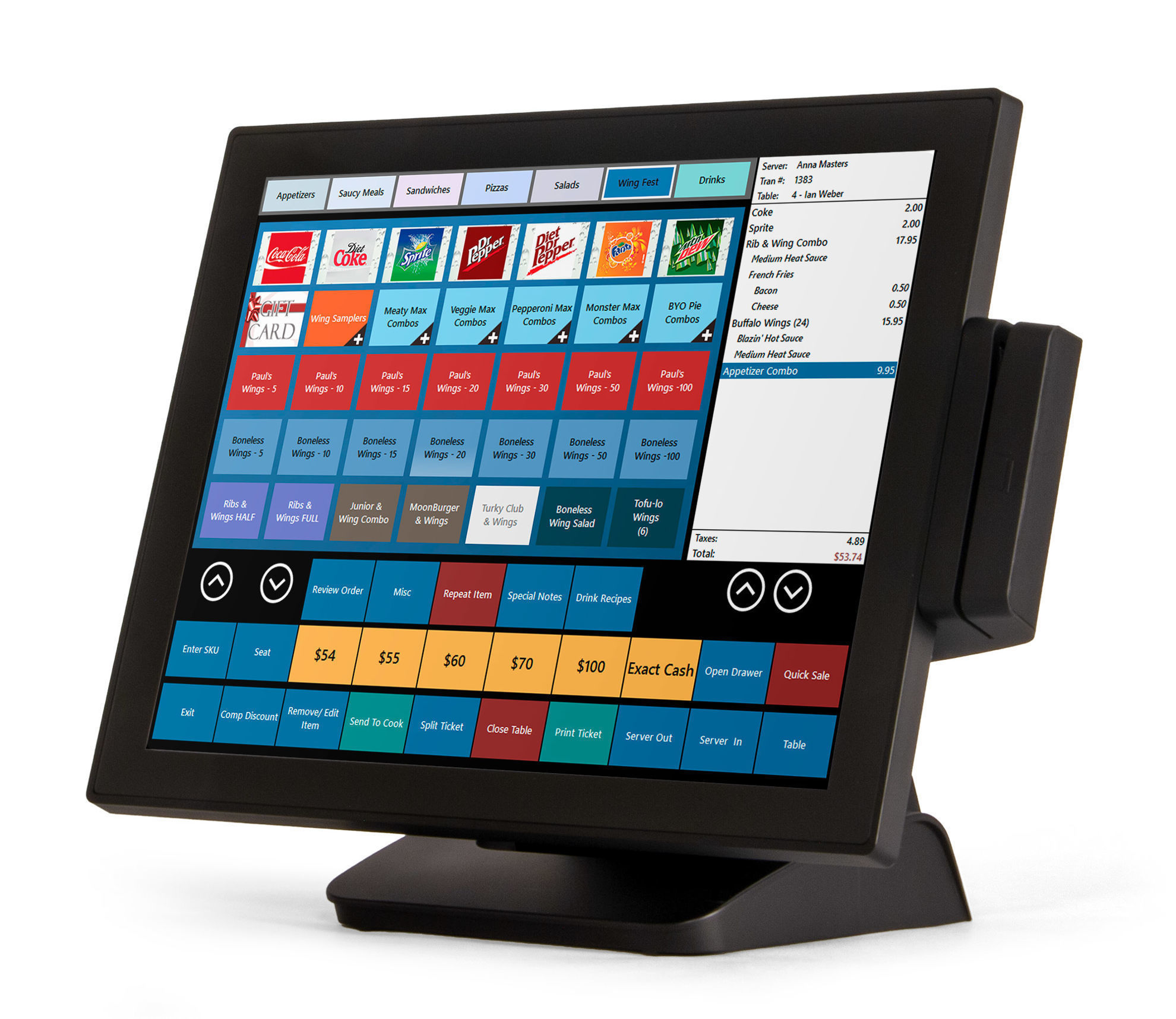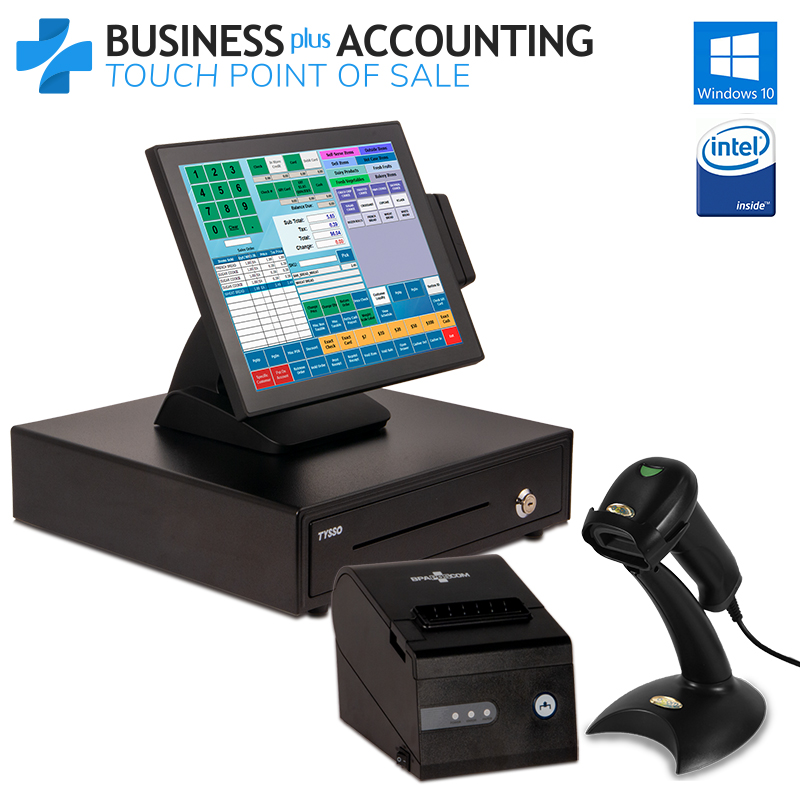Cloud Based POS System: How Point of Sales Systems Enhance Retail Effectiveness
POS Hardware and Software: A Sales Management Solution Designed To Enhance Transactions For Little Enterprises
Functions and Advantages
When diving into the world of a Point Of Sales System for small company, it's not almost calling sales. What really sets these systems apart is the rich tapestry of features woven into their design, each crafted to raise the day-to-day grind of a small company owner. Picture a tool that not only tracks sales however also reads the pulse of your inventory like a skilled detective. Interesting, ideal?
Core Features That Transform Daily Operations
- Stock Management: Gone are the days of frenzied stock checks. Modern POS systems immediately upgrade your inventory, informing you when products run low. It's as if your system whispers, "Hey, time to reorder!" before you even recognize it.
- Sales Reporting: Numbers can be daunting, however a good POS system presents sales information in clear, absorbable formats. Charts, graphs, and real-time control panels make it simple to identify patterns and make notified decisions.
- Employee Management: Setting up shifts and tracking hours become smooth. This function not just saves time however minimizes human error, a constant thorn in the side of small company owners handling many hats.
- Consumer Relationship Management (CRM): Imagine understanding your clients in addition to your finest good friends. POS systems can store customer preferences and purchase history, making it possible for tailored marketing that feels genuine, not required.
Benefits That Talk To the Heart of Small Company Requirements
Why do these functions matter? Due to the fact that behind every transaction is a story, and a properly designed POS system assists you tell it much better. It's not almost performance; it has to do with empowering you to concentrate on what genuinely matters-- your consumers and growth.
| Function | Advantage | Impact on Organization |
|---|---|---|
| Real-time Stock Updates | Avoids stockouts and overstocking | Enhances money flow and consumer fulfillment |
| Comprehensive Sales Analytics | Recognizes best-selling products and peak hours | Notifies marketing and staffing strategies |
| Integrated Payment Processing | Accelerate checkout and lowers mistakes | Enhances client experience and develops trust |
| Consumer Data Management | Allows targeted promos and loyalty programs | Boosts repeat business and consumer retention |
Ever Wondered How This Plays Out in Real Life?
Picture a charming cafe owner, juggling orders throughout an early morning rush. The POS system not just processes payments swiftly however informs her to a diminishing supply of her signature beans. She reorders flawlessly, avoiding a client disappointment. Small moments like this, powered by wise technology, become the unrecognized heroes of organization success.
Could your small company love a tool that feels more like a partner than just a device? The ideal Point Of Sales System doesn't simply deal with deals-- it tells the story of your organization, opening possible hidden in everyday information.
Exploring the Kinds Of Point Of Sales Systems for Small Organization
Picture strolling into a bustling café, the barista juggling orders while the register sings the tune of seamless deals. Behind that consistency lies the option of a POS system, tailored to fit the rhythm of business. What kinds of systems genuinely empower small companies to thrive? Let's dissect the landscape.
1. Conventional POS Systems
These are the strong old-timers, typically hardware-heavy and locally set up. They boast robust functionality but in some cases seem like carrying a typewriter into the digital age. While they use dependability, their rigidity can journey up companies craving agility and remote access.
- Pros: Quick processing, offline ability, detailed stock management.
- Cons: Initial hardware investment, restricted versatility for scaling or movement.
2. Cloud-Based POS Systems
Think of these as the nimble acrobats of the POS world. Cloud-based systems run via internet, allowing business owners to handle sales and inventory from virtually anywhere. This liberty, nevertheless, dances in tandem with dependency on steady internet connections-- a double-edged sword for some.
- Advantages: Real-time updates, scalability, combination with multiple devices.
- Drawbacks: Vulnerability during internet interruptions, constant membership fees.
3. Mobile POS Solutions
Have you ever stood in line at a farmer's market, saw a vendor phone sales on a tablet, and questioned how that magic occurs? Mobile POS systems turn mobile phones and tablets into powerful sales tools. They shine in environments where movement and versatility eclipse the requirement for bulky terminals.
- Perfect for pop-ups, food trucks, and small retail stores.
- Incorporates with payment gateways and supports quick checkouts.
- Bear in mind: Smaller sized screen sizes can in some cases limit innovative inventory tracking.
4. Self-Service Kiosks
Automation steps in with self-service kiosks, transforming client interaction. While more typical in larger setups, small companies exploring ingenious consumer engagement might consider scaled-down versions.
- Lowers wait times and frees personnel for other jobs.
- Needs thoughtful UX design to prevent user disappointment.
| Type | Best Suited For | Secret Function | Potential Limitation |
|---|---|---|---|
| Conventional POS | Established brick-and-mortar shops | Offline transactions | Hardware expenses |
| Cloud-Based POS | Companies requiring remote gain access to | Real-time data syncing | Web dependency |
| Mobile POS | Mobile suppliers and pop-ups | Portability | Minimal screen space |
| Self-Service Kiosks | Customer-centric environments | Automation | Style intricacy |
Do you ever wonder why some small services appear to move effortlessly through their sales procedure while others stumble over simple tasks? The type of POS system chosen typically draws the line in between smooth sailing and functional headaches. Selecting a system without considering the specific workflow can lead to missed sales or inventory mayhem. For example, a florist juggling seasonal items might find conventional inventory modules cumbersome, whereas a cloud-based setup offers dynamic updates and multi-device access.
Pro tip: Explore the nuances of combination abilities. A POS system that synchronizes with your accounting software and inventory management can save hours of manual work every week. Remember, the objective is to enhance. If the system seems like an obstacle, it probably is.
Execution and Setup
Imagine standing in your small store, surrounded by curious clients, while your new Point of Sales System blinks quietly on the counter. The adventure of modern-day innovation satisfies the reality of getting it up and running. How does one leap from the excitement of purchase to smooth operation?
Establishing a POS system for small company isn't almost plugging in hardware and clicking through software prompts. It's an elaborate dance, where every step must be exact to prevent missteps that ripple through day-to-day operations.
Secret Steps to a Smooth Setup
- Inventory Combination: Before you scan your very first item, guarantee your inventory database is tidy and comprehensive. Replicate entries or missing SKUs can cause turmoil during transactions.
- Hardware Configuration: Link peripherals like barcode scanners, invoice printers, and cash drawers carefully. Focus on USB port assignments and driver installations-- a neglected information here can stall your workflow.
- User Gain Access To Levels: Specify clear functions within the system to avoid unintentional overrides or unapproved refunds. A well-structured user hierarchy safeguards your sales data's stability.
- Tax and Rates Rules: Personalize tax rates and discount rate structures to reflect regional regulations and your marketing strategies. Automated estimations prevent expensive manual mistakes.
- Test Deals: Run several scenarios mimicking real sales to identify any glitches or traffic jams. Do not undervalue this action-- it saves headaches later.
Expert Tips for Efficient Execution
- Backup existing sales and inventory data before migrating to the new system, just in case.
- Use batch import functions for inventory data; manual input is a recipe for mistakes.
- Consider the workflow from both the cashier's and the consumer's point of view when arranging your checkout user interface.
- Label cable televisions and gadgets during setup to streamline troubleshooting and future upgrades.
- Arrange setup throughout off-hours to prevent interrupting peak business times.
Typical Setup Snags to Expect
| Problem | Impact | Avoidance |
|---|---|---|
| Inaccurate tax settings | Overcharging or undercharging customers | Validate regional tax codes and update system appropriately |
| Hardware incompatibility | Peripheral gadgets stop working to operate | Examine gadget compatibility before purchase |
| User approval errors | Unauthorized gain access to or accidental data deletion | Set stringent gain access to controls and audit routinely |

Have you ever questioned why some POS setups feel intuitive while others seem to journey you up at every turn? The secret lies in anticipating the unseen snags and crafting your setup with insight. A well-executed execution not only accelerates sales but transforms your small company's daily rhythm into a structured symphony.
Security and Compliance Considerations
Envision getting up one morning to find your point of sales system has actually been breached over night. Client data exposed, transactions compromised, and your small company's credibility teetering on the edge. It's a circumstance no business owner desires to face, yet numerous overlook the subtle vulnerabilities that hide in their POS facilities.
At the heart of every protected POS system lies file encryption. Not simply any encryption, but end-to-end encryption that scrambles cardholder information from the moment it's swiped until it reaches the payment processor. Without this, delicate information can fall victim to cyber eavesdroppers or hackers lurking in the network shadows.
Secret Security Practices to Fortify Your POS
- Routine software updates: Out-of-date software application resembles leaving your backdoor wide open. Frequent updates spot freshly found vulnerabilities that cybercriminals fast to exploit.
- Strong authentication protocols: Usage multi-factor authentication any place possible. An easy password won't cut it anymore-- layered security is the brand-new standard.
- Network segmentation: Keep your POS system separated from other organization networks. This separation restricts the spread of malware and unauthorized gain access to.
Compliance isn't simply about ticking boxes-- it's a non-negotiable structure that guarantees you're dealing with payment information properly. The Payment Card Industry Data Security Requirement (PCI DSS) is frequently considered as the gold requirement for POS compliance, but small companies often ignore the depth of its requirements.
Did you know that storing cardholder data beyond what's definitely needed can instantly put you out of compliance? Lots of little business owners unwittingly keep transaction logs with sensitive details for convenience, accidentally welcoming regulatory scrutiny.
Compliance List for Small Company POS Systems
| Requirement | Why It Matters | Pro Pointer |
|---|---|---|
| Secure transmission of cardholder data | Prevents interception during payment processing | Usage TLS 1.2 or higher for safe interaction |
| Preserve a safe and secure network | Blocks unapproved access attempts | Modification default system passwords immediately after setup |
| Carry out gain access to controls | Limitations who can view or process payment data | Assign role-based authorizations customized to job functions |
| Display and test networks routinely | Spots breaches before they end up being catastrophic | Arrange quarterly vulnerability scans and penetration tests |

Ever questioned why some small organizations bounce back quickly after a security scare, while others crumble? The distinction lies in proactive steps and understanding the subtle complexities of point of sale security. Easy actions like check here disabling unused services on your POS gadget can considerably lower direct exposure.
Keep in mind that compliance is a moving target. Laws progress, cyber dangers alter, and what was safe and secure yesterday might be outdated tomorrow. Stay curious, stay vigilant, and never assume your system is too small to be discovered.